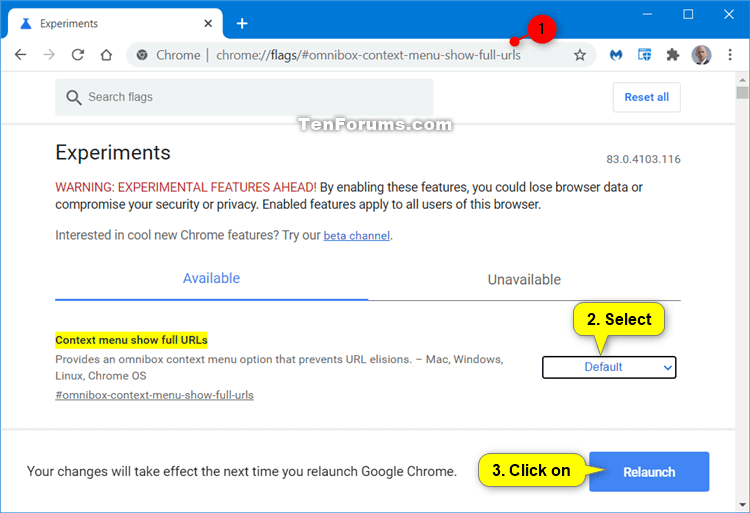


And those that are still using http are flagged with an insecure label to warn users they’re not connecting to a secure page.įortunately, the same workaround as in the previous Chrome versions work after this update too, allowing you to restore the full URLs in Chrome 83. This is because https is the preferred version in the first place, so Google assumes that all sites have already migrated to this standard by now, which means that showing the tag in the URL bar doesn’t make much sense. Organizing tabs in groups is a way to work more efficiently in Google Chrome, and there’s no doubt similar functionality will soon go live in other Chromium-based browsers shortly, including in Microsoft Edge.īut at the same time, Google Chrome 83 comes with a change that was introduced by its predecessors and which many users actually doesn’t like: it no longer shows the http and www tags in the URL bar, which means you’re only seeing the domain and the page you’re visiting. One of them is the addition of tab groups, which make it possible for users to better manage their tabs, especially when having tens of them active at the same time. Google Chrome 83 is now available for download on all supported platforms, and as we told you already, this is a major release, as it includes several significant changes going forward.


 0 kommentar(er)
0 kommentar(er)
